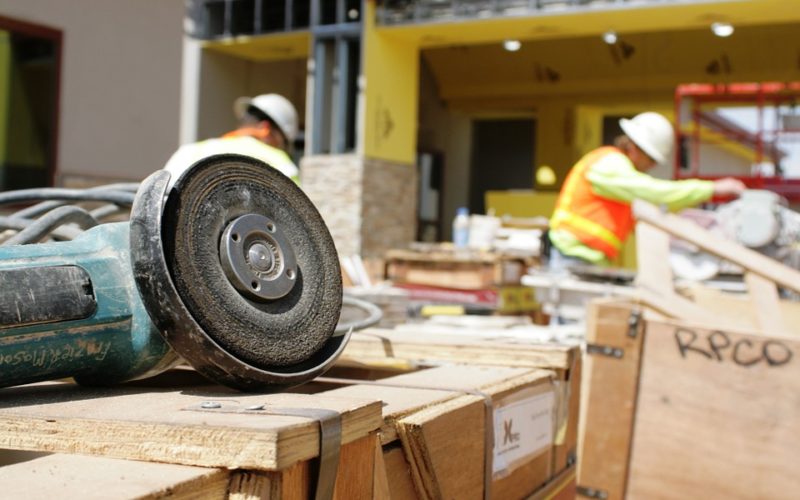Creating Wildlife Habitats
The past was a time when developers bulldozed large areas, threw up buildings, and went home to count their profits. Some of them were unconcerned about the damage they did to the natural environment, but it reflected badly on all of them. People concerned with the local environment were opposed to them coming into an area, but times have changed. Developers today work with scientists and local authorities in creating wildlife habitats that will become a cherished part of a new community.
It is not always easy to build a wildlife habitat from scratch, and many developers choose a part of the parcel where an existing habitat thrives. They plan no building in that area with the exception of walking paths, and they may extend the habitat with additional ponds and streams. Creating and enhancing a wildlife area now adds value to their projects, so many of them take the time to ensure it will be a permanent addition for future generations.
Natural landscapes are not always conducive to hosting all the species in an area, but there are scientists available for consultation to help make an area better for wildlife. Many of them are willing to work with developers and local authorities to expand the natural world. Their goal is to create living space for wild animals and preserve nature for the new inhabitants moving into the area.
Wildlife habitats and walking paths in a natural environment have become a selling point in new developments. Parents are eager for their children to be able to learn about local animal species and plants, and they search for housing that includes a local park or wildlife area. It makes the developer happy because they find clients willing to purchase, and it can make the local inhabitants happy when their own children benefit from the new paths designed to exhibit the natural world around them.























